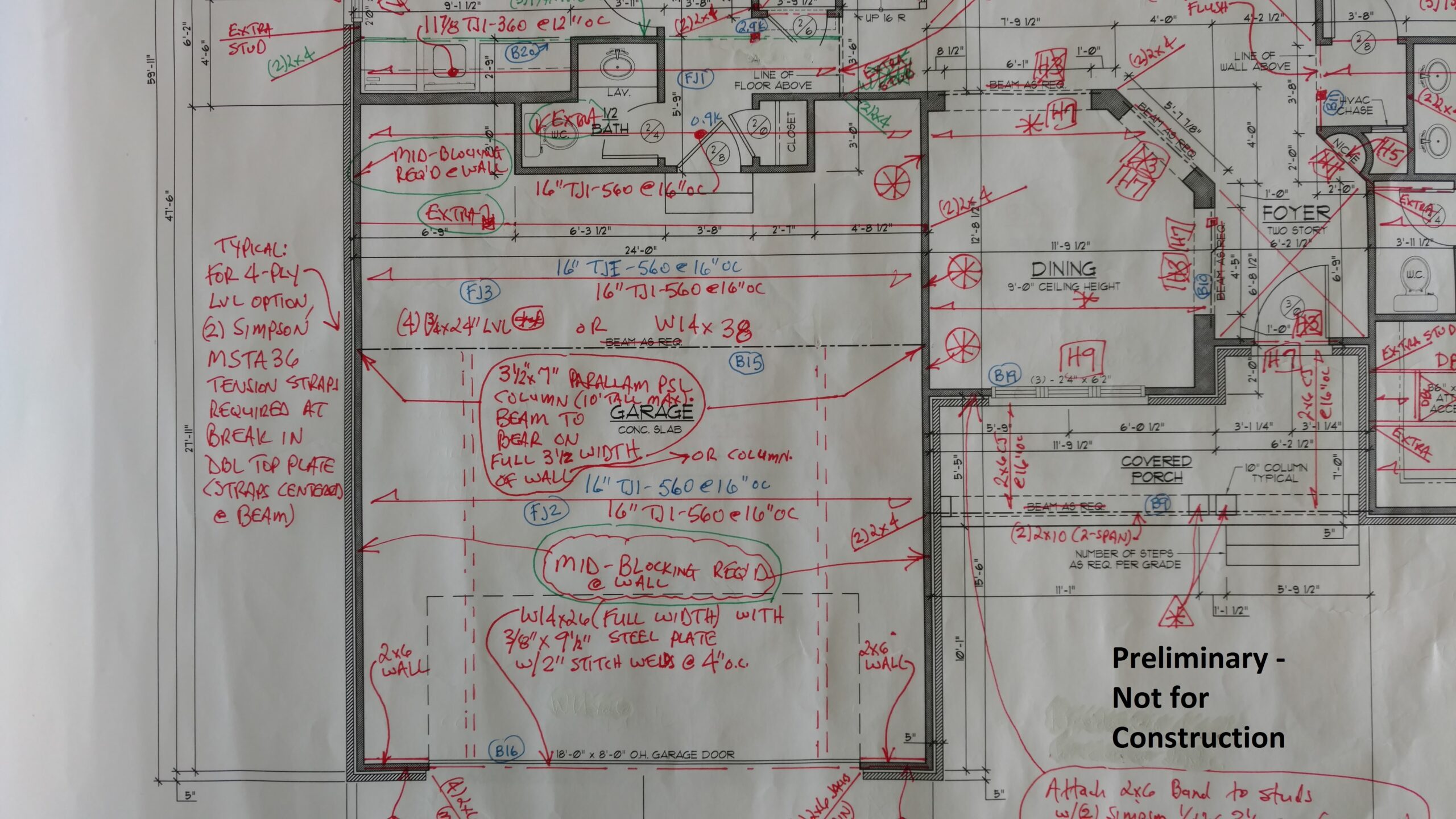Hello and thank you very much for your time and interest. Please consider the following scenario:
You have just paid thousands of dollars (let’s say, $300,000.00, at least) to have your dream home built, only to find out (a couple of years later) it was not built to code, as exhibited by clues such as extensive wall cracks, floors bowing and sagging, doors not closing, etc. Based upon a visit (or visits) by a structural engineer, you are informed that dozens of code violations were not reported by the inspector assigned to your property by that local jurisdiction (at the time of construction), and that several load-bearing walls are not adequately supported, thus causing the structural issues mentioned above. What do you do?
Well, you sue both the builder and that local jurisdiction, only to find out that the judge grants “governmental immunity” to the local jurisdiction (i.e., they will bear absolutely zero responsibility for the fact their employee — who was later fired by that local jurisdiction — missed dozens of code violations). Then, the thousands of dollars you won in your lawsuit against the builder are nowhere to be found.
Would you agree that this scenario would be an absolute nightmare? Guess what? This scenario is based upon a true story and has been reported, somewhere in America, via local media. It is my understanding that a diagnosis of structural failure, somewhere in the (near?) future of this house, has been professionally predicted …which leads me to the whole purpose of this blog.
Within the information that was provided by the media source, there was no mention of “engineered plans.” Without knowing for certain, I can only speculate and assume that neither the homeowner(s) nor the builder had the plans “engineered.” Why, in my opinion, is this a major consideration? Please allow me to explain.
Had the homeowner(s) and/or builder had the house plans “engineered” (a service, by the way, provided by S. Robertson Engineering, P.A.), all loads from the roof down would have been accounted for and transferred into the foundation via “engineered” plans, thus greatly reducing the chance of major structural issues. The inspector, representing that local jurisdiction, could have simply checked the “engineered” plans vs the newly-constructed foundation and framing to determine if the residence was built according to the structural plans, while also checking for other potential code violations.
Even better still, had the homeowner(s) and/or builder hired a structural engineer to also provide incremental, structural checks (from the foundation up) — money well spent — I purport that this nightmarish scenario would have never transpired.
By acknowledging the vital importance of and investing in engineering services, I believe thousands of dollars could have been saved, and a family facing the potential structural failure of their house (they have been told the repair costs will significantly exceed what it cost to initially build the house), and possibly nowhere to live, may never have experienced all this grief.
If you are considering having your dream home built, PLEASE also consider having the plans “engineered” before you build, and then PLEASE also consider hiring a structural engineer to perform structural checks (submitting reports) during the construction process (from the foundation up). I’d be willing to bet you will be very, very glad you did.
